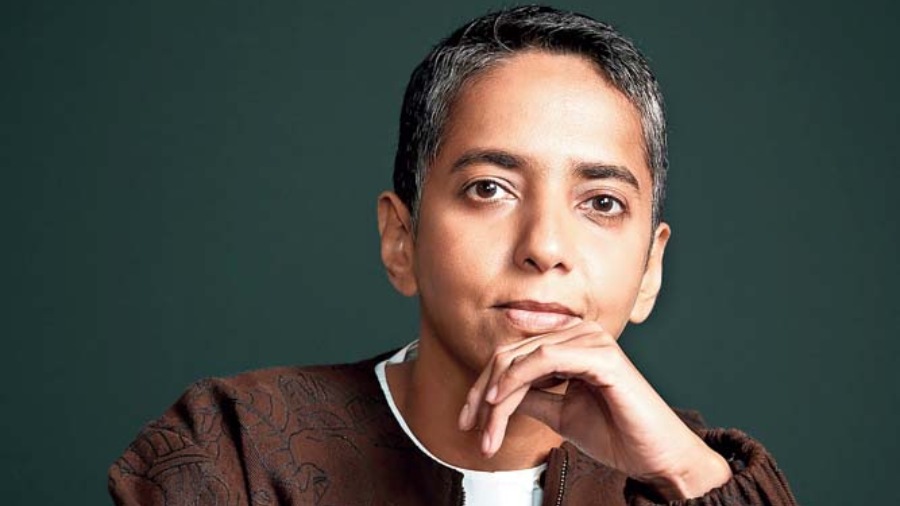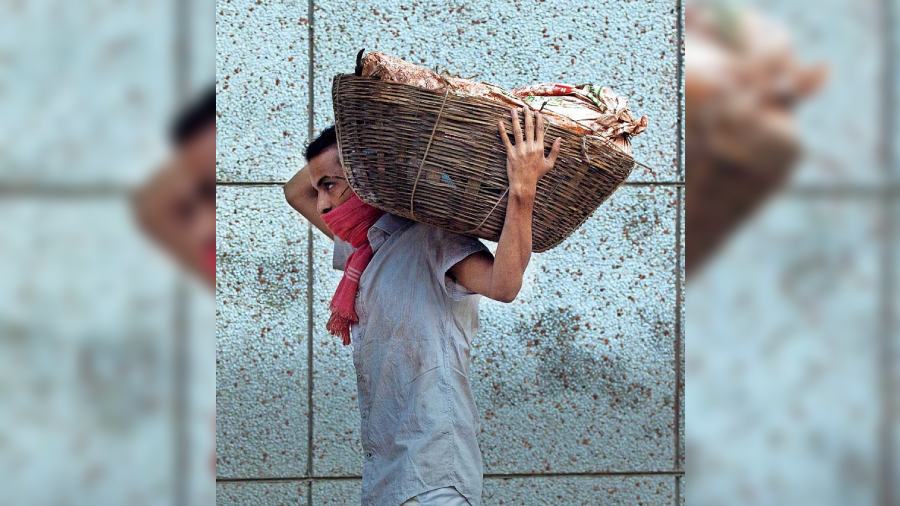Indian Predator: The Butcher of Delhi, Netflix’s new true-crime series, digs into one of the most brutal serial killing cases the country has seen. The three-episode series is about Chandrakant Jha, a migrant worker in Delhi, who left dismembered bodies around the city, usually along with notes that taunted Delhi Police with details of their investigation that they had missed.
Indian Predator is as much a documenting of the crime as it is a look, albeit superficial, into mental health, socio-political pressure, the vagaries of the migrant life and how a seemingly ordinary man became a dreaded serial killer. Jha, who is said to have killed at least eight people, is now housed in Tihar Jail. The Telegraph chatted with Ayesha Sood, the director of the series, to know more.
The first thing that struck me when I watched Indian Predator is that truth is stranger than fiction. Did you have a similar feeling when you heard about this crime the first time?
When I first read the words on the page, I was actually quite stunned and incredulous. I couldn’t really believe that something so brutal and ghastly could happen, and that too, right in the backyard of the Delhi Police. And then when I heard first-person testimonies, it sort of became important for me to tell the story. It is quite a brutal and grotesque story, and one that has not been heard of.
It came to me from Vice India which had this pool of stories that it was developing. The case of Chandrakant Jha was one among many and through a process of elimination and filtration, I arrived at the story that I wanted to tell. It has good talking heads, it has good archival material, there are people who are alive and can tell the story. The fact that it happened to be in Delhi is the reason why I gravitated towards it.
What was the key to sustaining interest over three episodes?
I think it has a lot to do with the pacing and rhythm. It could have been one long feature-length film, but with something like this which is so intense, and where there is so much information to digest, maybe that break from episode to episode gives a sort of relief to the audience. And now viewers are generally used to the serialised format. I think both formats have their merits but I think this format works for this kind of a story.
What were the challenges of putting this together?
Oh, many things! We made this during the pandemic and there was no way we could speak to Chandrakant Jha... we couldn’t get him on camera. Also, because of the nature of the trauma and the tragedy, we couldn’t get anyone from his family to speak to us.
There were also physical challenges during shoot. There was the pandemic, followed by the farmers’ protests and then curfew in Delhi, then the Delta wave... at every turn we felt that this would not be made. But all credit to Netflix and Vice India for making it happen.

Ayesha Sood
This is a series of very gory crimes. Were there any bits you were compelled to leave out?
We were mindful of not wanting to be too grotesque. At the same time, there is a certain brutality to this crime that we had to confront. There was no ignoring the fact that he dismembered his victims. This is definitely tough to watch, and we definitely didn’t want to turn people away by going overboard on the gore.
Would you describe Indian Predator as much a focus on mental health as it is the documentation of a crime?
There are definite deep-rooted mental issues in this man. The psychologist in our series aptly describes it as a combination of nature and nurture. He could have been predispositioned to be a violent person, but there were certain things that happened along the way in his life that propounded that. Do I think that he’s beyond redemption or rehabilitation? I don’t know.
What have been your biggest learnings from making this series?
A lot of things. The first is that our understanding of crime in our so-called safe urban areas is very different from what’s happening in the ghettos and streets. In rural India, the value of life is very different. What is precious and precarious for us here is very different in a different socio-economic context there. The economic disparity needs to be bridged. If you and I had breakdowns during the pandemic, one can only imagine what was happening to those living hand-to-mouth and living an existence that’s so complicated.
You have described yourself as a ‘true-crime nut’. What makes you a fan of the genre and do you have any recent favourites?
Crime has always interested me, and in hindsight, I think crime is a very interesting way to unpack culture, unpack relationships, unpack families, the country, urban vs rural.... I think it allows a lens to look at so many aspects of the human condition, which is what I am drawn to.
I am a big fan of The Innocent Man, which is on Netflix. Also, Evil Genius, The Jinx (The Life and Deaths of Robert Durst), The Staircase... there are so many!
I think Netflix has really helped in making this genre immersive. You don’t miss a feature film when you are watching a true-crime documentary on the platform because the experience is as gripping and as entertaining. Netflix has brought that into our living rooms.
Do you still think it’s a niche genre?
I think any story told well will get its audience. Earlier, documentary and crime didn’t have the canvas, didn’t have the means to be told in a certain way. Now it does. The more we tell these stories, the more audiences we will get.
